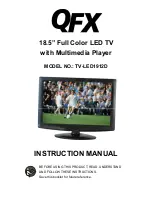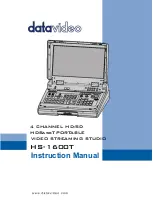
ENGLISH
44
Basicplaybackfunctions
1
Press »
MyMedia
« to select the external
data medium.
– The media player appears.
2
Select the file format (video files, audio files,
picture files) with »
V
« or »
Λ
«.
3
Switch to the folder/file list with »
OK
«.
Notes:
7
If two USB data media are connected,
select the desired data media with »
V
« or
»
Λ
« and open with »
OK
«.
7
USB data medium with several partitions is
connected to the USB sockets, the letter for
the respective drive (e.g. C) appears behind
the folder symbol. Select the letter of the
drive with »
V
« or »
Λ
« and press »
OK
« to
confirm.
4
Select the folder or file with »
V
« or »
Λ
«
and press »
OK
« to open it.
– A list of subdirectories appears.
Note:
7
Switch back to the main folder with
»
BACK
<
«.
5
Select the track or picture with »
V
« or »
Λ
«
and press »
8
« to start playing.
Notes:
7
You can view information on the film data
by pressing »
?
«.
7
When playing MP3 data, information on
the album, track and singer is displayed at
the left of the menu.
7
When playing picture files, you can use »
?
«
to display information about the resolution
and size.
7
When playing picture data, the file browser
switches off. Press »
7
« to display the file
browser again.
6
Press »
!
« to pause playback.
7
Press »
8
« to resume normal playback.
8
Press »
7
« to end playback.
The file browser appears.
USBOPERATION
--------------------------------------------------------------------------------------------
Notes:
7
Use »
Λ
« to select »Up Folder«, when you
would like to return to the last folder.
Use »Root« (and then press »
OK
«) to return
to the main folder.
7
It is possible that files which are actually
supported do not function correctly in USB
mode. This is because certain files are not
recorded with standardised compression
processes, although they feature the “right”
file ending.
7
If a video file features several audio tracks
(audio streams), you can switch these over
during playback in full screen mode with
»
«.
7
When playing music files, you can use other
options in the USB mode at the same time.
This way, you can, for example, enhance a
slideshow with music.
7
For films, only subtitles in the .SRT, .ASS,
.SSA, .SMI format are supported. The
names of the subtitle and film files must be
identical. Otherwise, no subtitles will be
shown.
















































